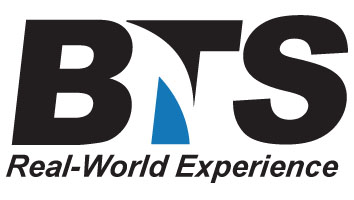| Hands-On Plant Wireless Core: Antennas, Masts and Feeds |
 |
Module I: Radio Principles
Radio
Transmission Principles
Radio
Propagation
Signal
Power and Free Space Loss
Effective
Radiated Power (ERP)
Polarization
Absorption
Diffraction
Reflection
Signal
to Noise Ratio
Cell
Based operation
Carrier
interference noise
Interference
effects and Fading
MiMo
and SiSo
Modulation
Amplitude, Frequency and Phase Modulation
QAM
Multi-Access Systems
FDM, TDM, TDMA, FHSS, DSSS, OFDM, CDMA
Frequency use
Overlapping channels
Noise and signal strength
Operating
Speed and multi-standard selection
Configuring Access Points
Module II: Antenna Systems
Classes of Antennas
Antenna designs
Antenna Arrays: Adcock, collinear,
All Frequency Antennas: AWX
Omni-Directional Systems:
Choke Ring, Mono-pole, Biconical, Disconcial, Folded unipole, Mast Radiator
antenna
High-gain antenna (HGA) Concepts
Directional Systems: Cassegrain, BUD, Offset Dish, Catinna,
Beverage Antennas: Dipole, Log-Periodic, Yaggi, Helical
Loop Antennas
Engineering the Beam Shape: Fan-beam antenna
Increasing Antenna Gain: Quad antenna
Antenna Bandwidth
Antenna Polarization Charactieristics
Wide Band Antennas: Fractal antenna, Tilted
Terminated Folded Dipole
Mobile Network Antennas: Sector,
Panel, Vivaldi, Whip, Smart, Blister, Patch
Leaky Coax Antenna Systems
Shortwave relay station
Selecting the appropriate types
Point-to-point services
Area Coverage
Cellular coverage
Indoor and mobile applications
Towers and Mountings
Static Mounts
Camouflaged Antennas:
Artificial Trees, Roof-Top, Street Furniture
Loading and support
Raw Poles
Guyed Poles
Case Study Selecting Types of Antenna
Module III: Cable Plant
Digital Interfaces
Cable transmission fundamentals
Twisted pair Cables
Coaxial Cables Characteristics
Characteristic Impedance
RF Cable Signal Loss and Noise
Reflections and termination
Cable loss and noise
Splitters, Taps, Line Amplifiers, Attenuators and Connections
Optical Cables
Engineering Antenna Cable Feeds
Case Study Engineering Cable Plant
Module IV: RF Link and System Considerations
Key Specification Parameters
Frequency Selection
Transmission Path Loss calculation
Calculating the Antenna Height Required
Allowing for obstructions
Allowing for Interference
Feeder Loss
Allocating the Link Budget
Matching the receiver sensitivity
Evaluation
and Review